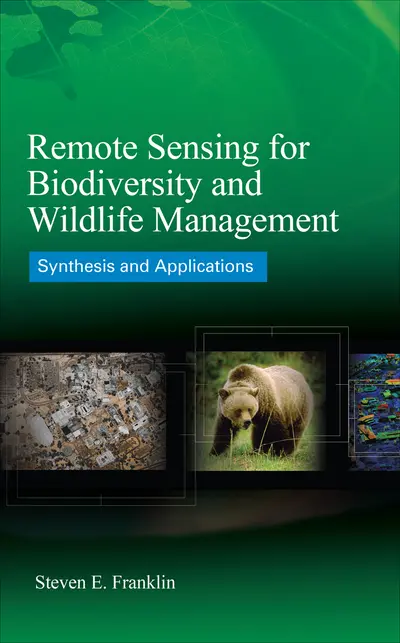My Account Details

ISBN10: 0071622470 | ISBN13: 9780071622479

Step 1 . Download Adobe Digital Editions to your PC or Mac desktop/laptop.
Step 2. Register and authorize your Adobe ID (optional). To access your eBook on multiple devices, first create an Adobe ID at account.adobe.com. Then, open Adobe Digital Editions, go to the Help menu, and select "Authorize Computer" to link your Adobe ID.
Step 3. Open Your eBook. Use Adobe Digital Editions to open the file. If the eBook doesn’t open, contact customer service for assistance.
Publisher's Note: Products purchased from Third Party sellers are not guaranteed by the publisher for quality, authenticity, or access to any online entitlements included with the product. The Latest Advances in Remote Sensing for Biodiversity This state-of-the-art volume provides fundamental information on and practical applications of remote sensing technologies in wildlife management, habitat studies, and biodiversity assessment and monitoring. The book reviews image analysis, interpretation techniques, and key geospatial tools, including field-based, aerial, and satellite remote sensing, GIS, GPS, and spatial modeling. Remote Sensing for Biodiversity and Wildlife Management emphasizes transdisciplinary collaboration, technological innovations, and new applications in this emerging field. Landmark case studies and illustrative examples of best practices in biodiversity and wildlife management remote sensing at multiple scales are featured in this pioneering work. COVERAGE INCLUDES: Management information requirements Geospatial data collection and processing Thermal, passive and active microwave, and passive and active optical sensing Integrated remote sensing, GIS, GPS, and spatial models Remote sensing of ecosystem process and structure Proven methods for acquiring, interpreting, and analyzing remotely sensed data Habitat suitability and quality analysis Mapping anthropogenic disturbances and modeling species distribution Biodiversity indicators, including species richness mapping and productivity modeling Habitat quality and dynamics Indicators and processes Invasive alien species Species prediction models Food and resources Biodiversity monitoring Fragmentation and spatial heterogeneity
Need support? We're here to help - Get real-world support and resources every step of the way.